Renaissance Food Paintings
The renaissance painter who made fantastical portraits from food giuseppe arcimboldo painted surreal art unlike any of his contemporaries.

Renaissance food paintings. Sometimes food is the centerpiece alluding to external factors such as prosperity conviviality natural beauty or temptation. The refinement of the renaissance food reached his climax in italy. One often overlooked theme is food and its impact and reflection on italian culture.
In this richly illustrated book gillian riley provides. After his first war in italy imported the cookery and the gastronomic luxury of that country where the art of good living especially in venice florence and rome had reached the highest degree of magnificence. History tells us the same.
Food related symbolism was rife in the middle ages and equally powerful in the renaissance. Italian renaissance food like much of what was going on in other aspects of life encompassed every sensory experience possible. Through narrative and still life and from old world classics to pop art food roots an image in time and place.
Renaissance food paintings were meant to induce fomo. There is a lot more to italian renaissance paintings than rotund nudes. The practice of depicting food and feasting stretches back through the middle ages to ancient greece and rome where banquets and bacchanals were consuming passions celebrated in literature painting and mosaics as.
From an apple held by the infant jesus to a fowl indelicately handled by a lusty kitchen maid food and drink appear in myriad contexts over four centuries of european painting. Rosewater or sugar and cinnamon were commonly sprinkled on savoury food such as roast meats just before serving. For hundreds of years images of food have predominantly been elaborately staged and somewhat misleading affairs.
Dishes consisted of many tastes all at once sweet salty sour bitter spicy.



:format(jpeg)/cdn.vox-cdn.com/uploads/chorus_image/image/46841772/41144824rs.0.jpg)








:max_bytes(150000):strip_icc()/GettyImages-185741254-595d5e005f9b58843f66f7d0.jpg)









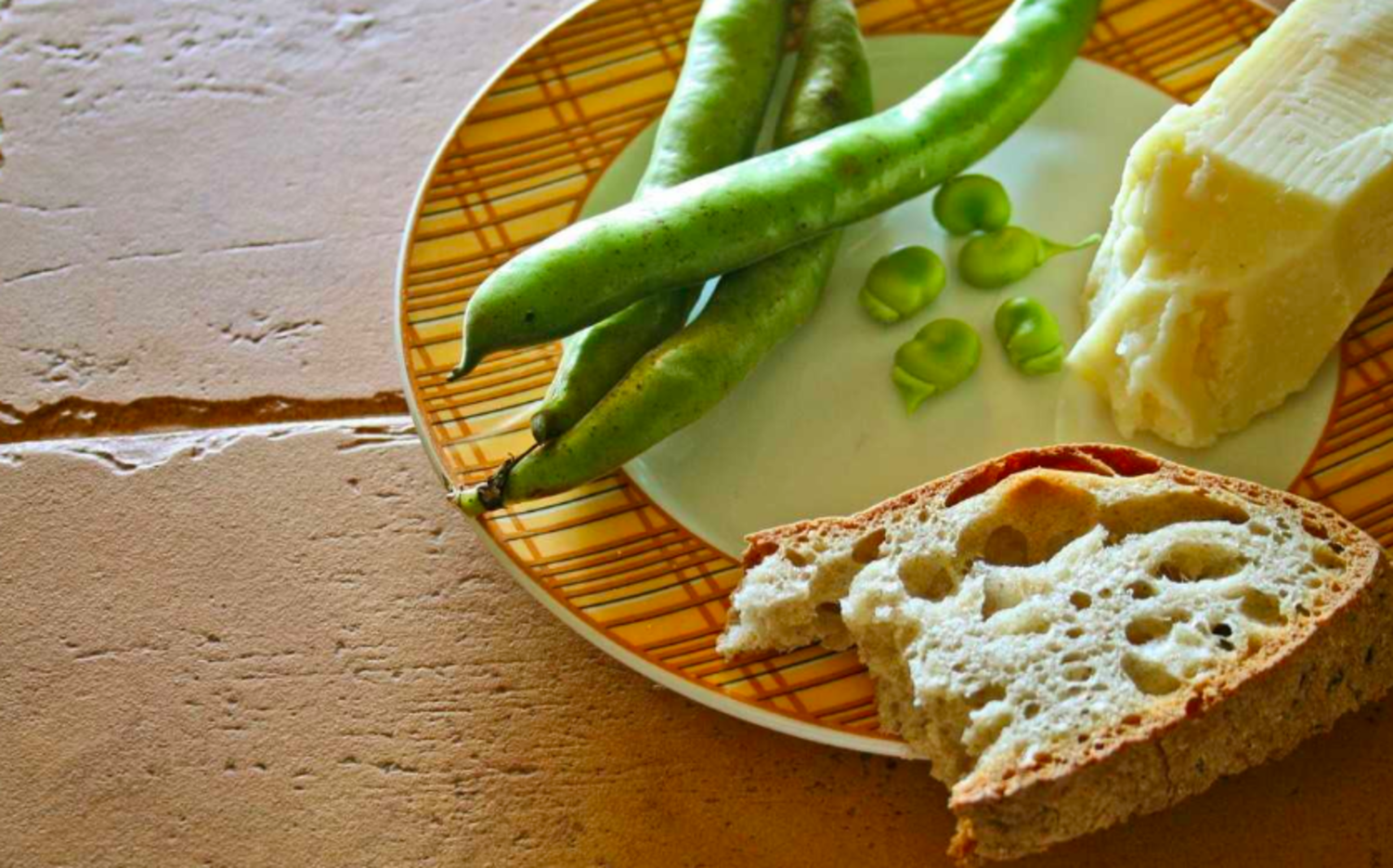




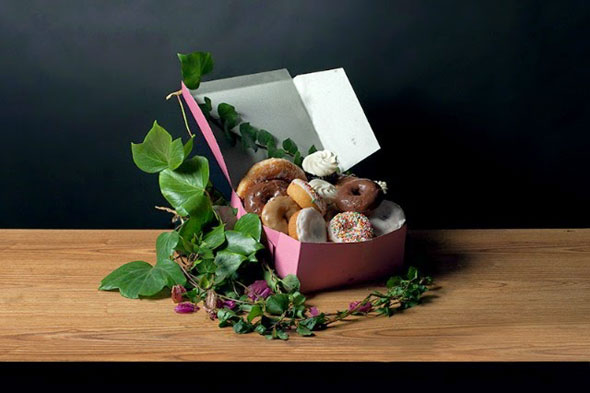




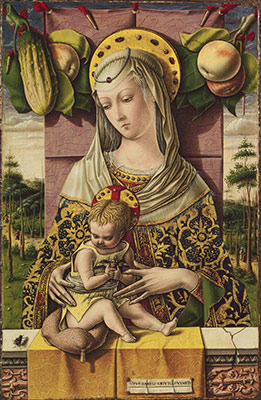









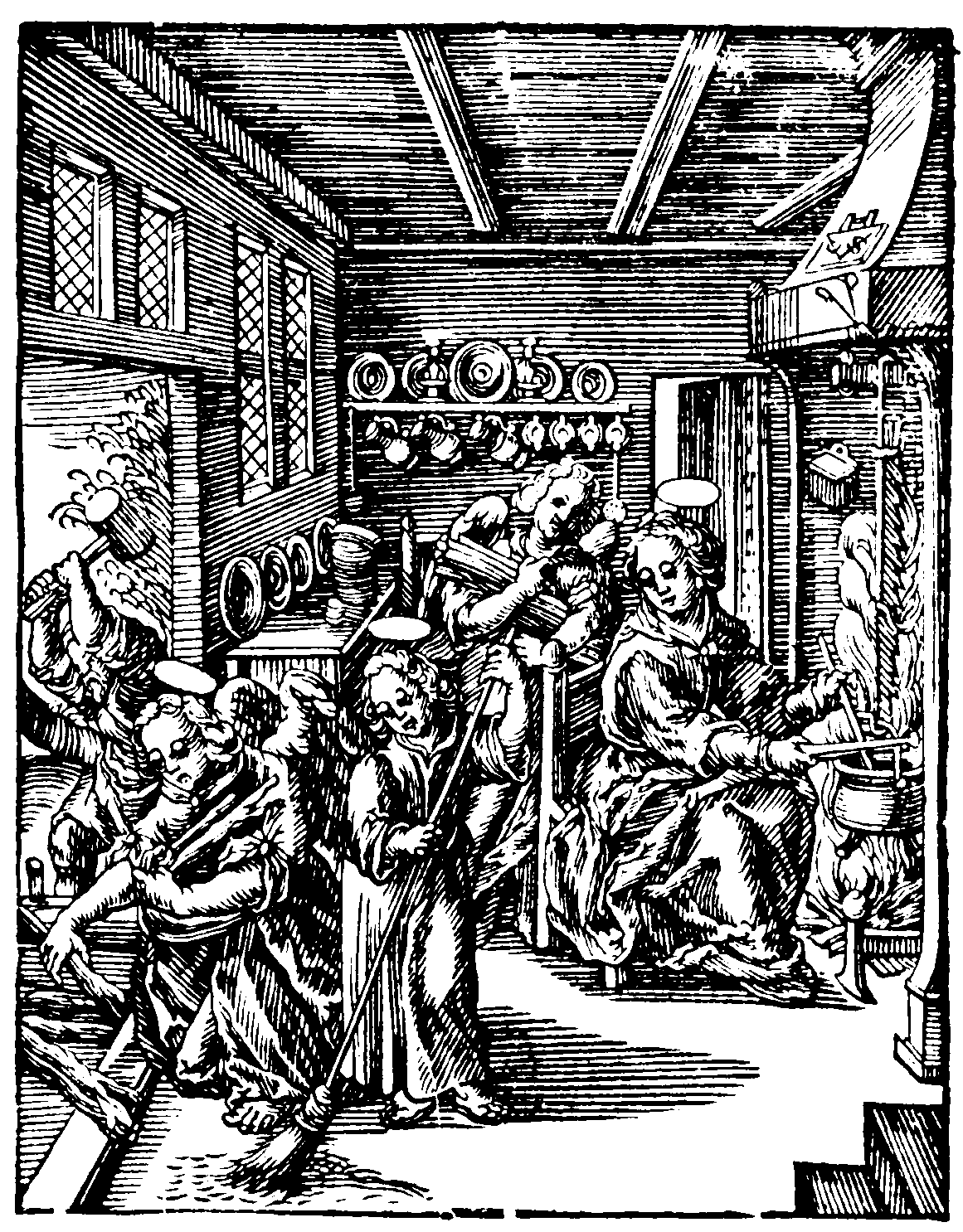


















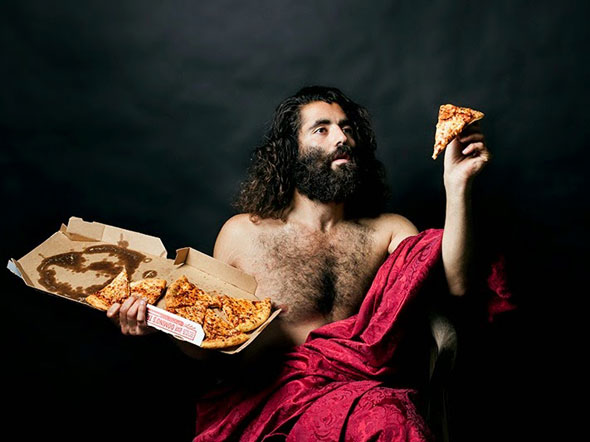





/still-life-with-pastry-and-pitcher-56466468-58d72f2b5f9b584683255cc5.jpg)

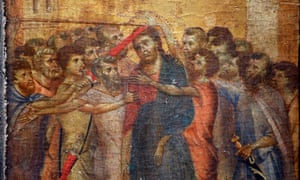

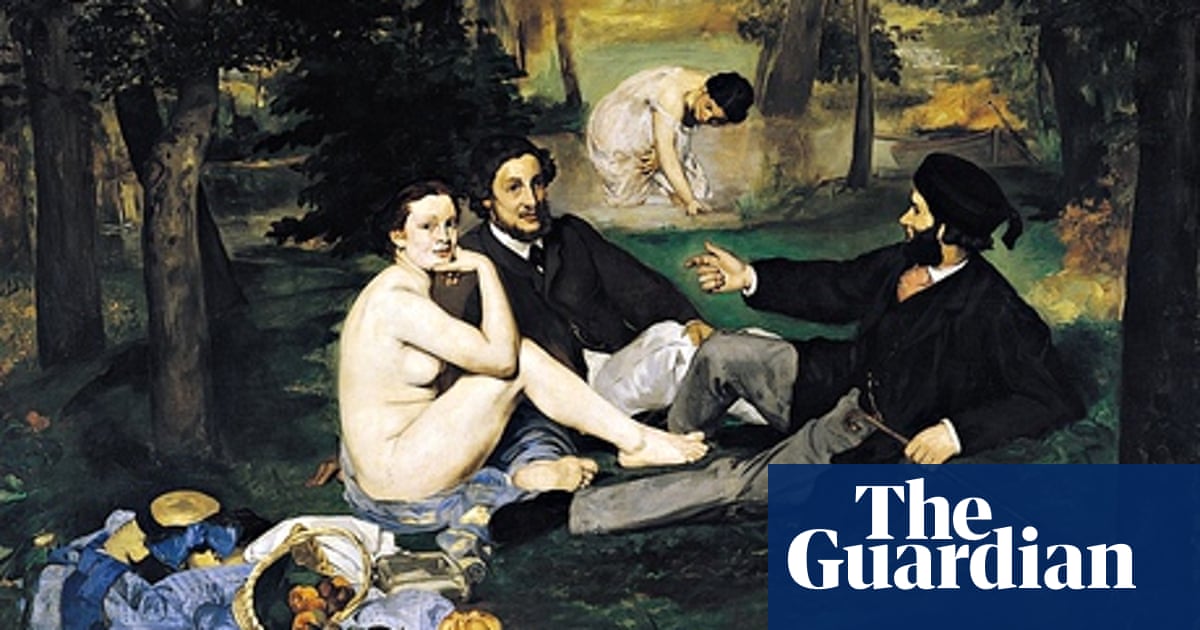



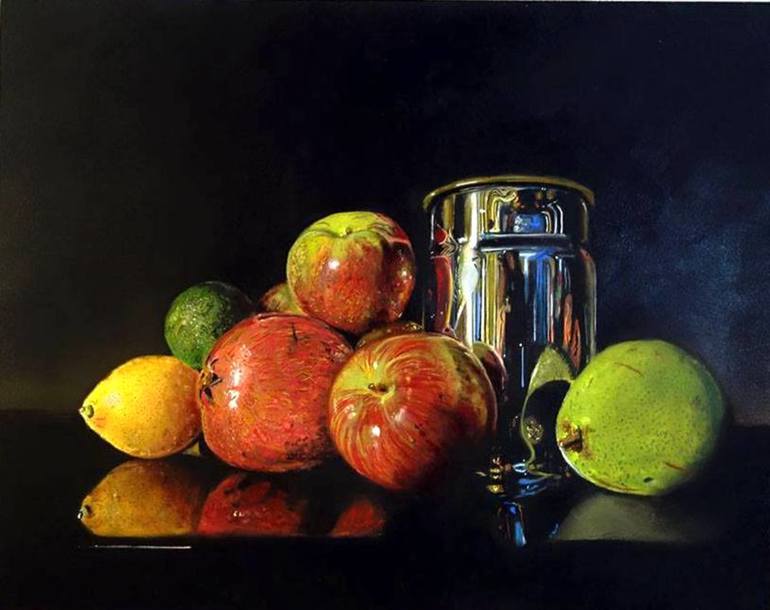
:no_upscale()/cdn.vox-cdn.com/uploads/chorus_asset/file/3910764/41144824rs.jpg)







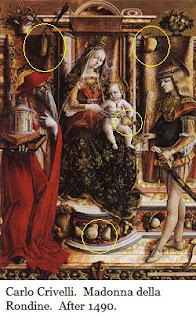
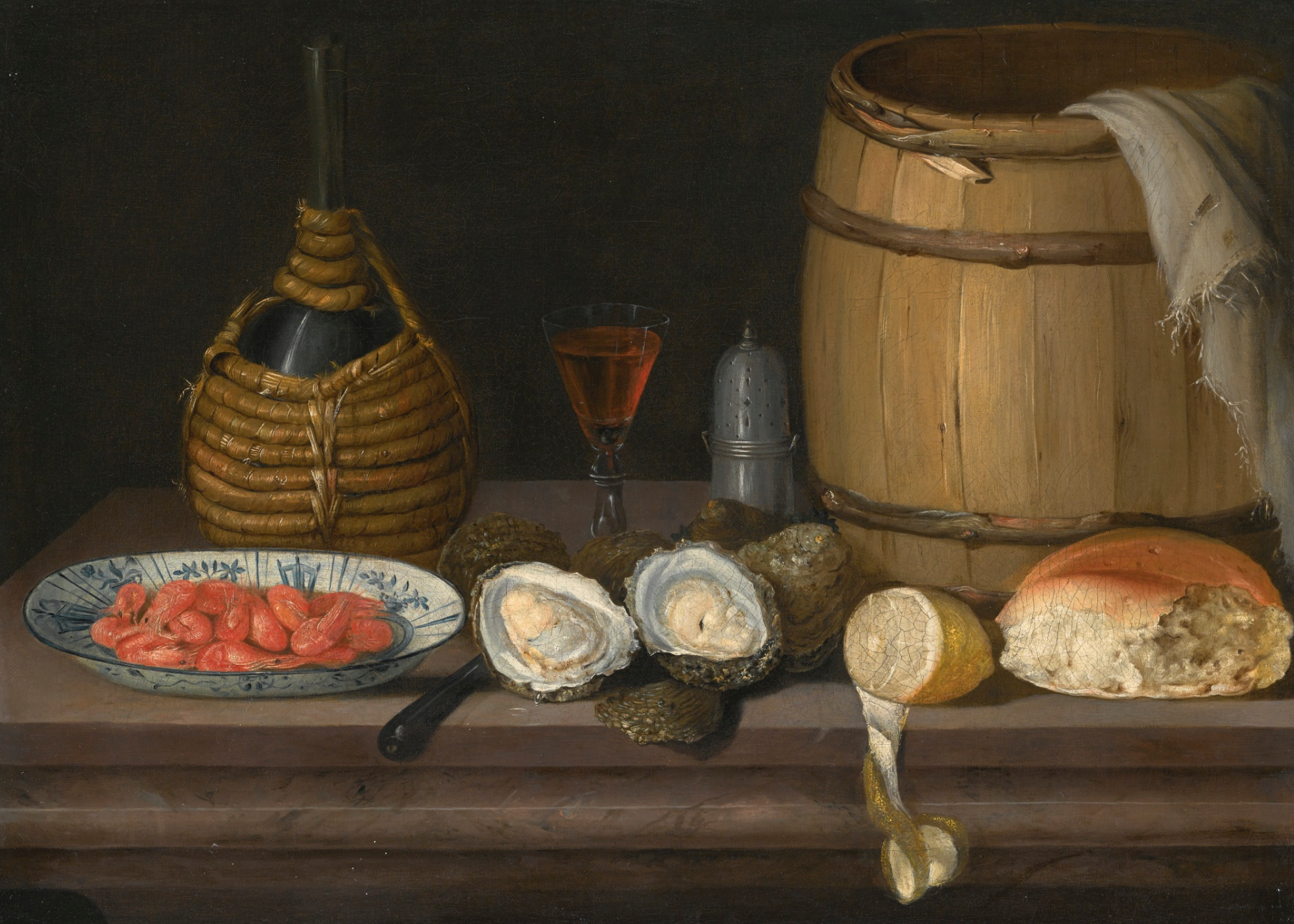




:max_bytes(150000):strip_icc()/the-fruit-and-vegetable-seller-oil-on-panel-56258314-58d727373df78c51626123ca.jpg)






